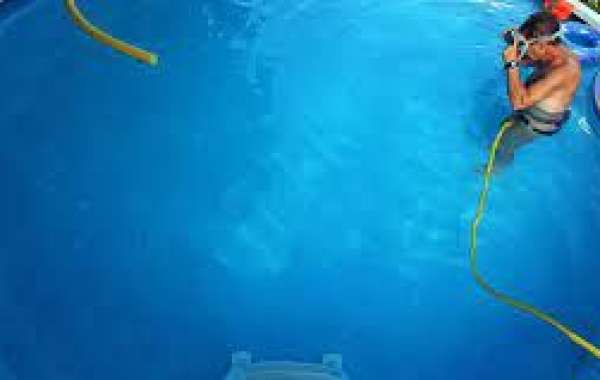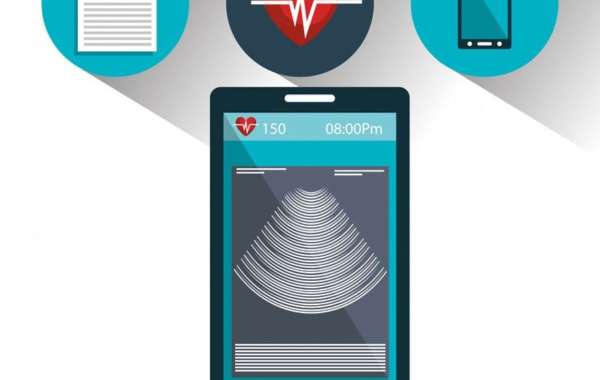When left in the pool 24/7, robotic cleaners will wear down over time. Taking them out and draining them occasionally can help slow down this process.
Excess hose can twist and tangle during operation, so you should measure it to ensure it is the proper length for your pool. Waterlogged hose floats should be replaced, too.
Check the Filter
Robotic cleaners have a self-contained filter that collects dirt, leaves and debris and directs it into their internal vacuum bag. As such, the first thing you should check when your robotic cleaner isn’t working is its filter. Make sure it’s cleaned or replaced as needed.
If it’s clean, the problem might be something as simple as a clogged hose. Inspect the hose for air leaks, either between joining points or in splits and tears. The hose must be airtight for the cleaner to work properly.
Also, if your robotic cleaner is struggling to move, it might have a broken wire inside the case. Fortunately, most owner’s manuals have a troubleshooting section that explains the most common problems.
Check the Hose
Often a cleaner's problems stem from the hose. This is where all of the dirt and debris that is sucked up by the robot goes, so it's important to make sure it's clear of any obstructions. Also check that it's the correct diameter to allow for adequate suction.
A hose that is too short will prevent the cleaner from reaching all parts of the pool. It needs to be long enough to reach from the weir or dedicated suction line (if there is one) to the farthest part of the pool with a meter or more of hose left over.
If the hose is clogged or not delivering enough suction, it may be due to a faulty backup valve or leakage around hose swivels. Replace these items if necessary. A clogged vacuum bag or full skimmer basket will reduce the amount of water pressure flowing to the cleaner. Make sure to empty these regularly.
Check the Motor
If your robot is turning on, but seems to be stuck in one spot or keeps getting caught on the same object in your pool, this may indicate a mechanical issue with its wheels or tracks. Inspect the cord to ensure it is not tangling and remove any debris that may be blocking its movement. Alternatively, your cleaner could be suffering from mechanical problems in the motor itself.
Inspect the power cord to make sure the wires are intact, and test with a resistance meter to confirm the unit has proper voltage. Also check that the inline strainer at the wall is not clogged, or the hose to make sure it is not leaking or kinked.
If you cannot find the cause of your robot's problem, bring it into a Leslie’s store for free diagnostic testing and repairs! We want to help you enjoy your summer with a robot pool cleaner that does its job efficiently and effectively.
Check the Timer
As more and more pool professionals incorporate robotic cleaners into their service routine, they must also be able to troubleshoot common user errors. One of the first things to check if a robot cleaner does not seem to be working is its filter. Many robotic cleaners have their own self-contained, easy to clean filters that should be checked regularly and replaced as needed. Refer to the specific model’s user manual for details on when and how to replace its filter.
If the power cord is firmly plugged into its power supply transformer and an indicator light on the power supply shows that power is being received, yet the cleaner still does not move, it is most likely due to the polyvinyl alcohol (PVA) brushes not absorbing water. This is very common and should be a relatively simple fix.




